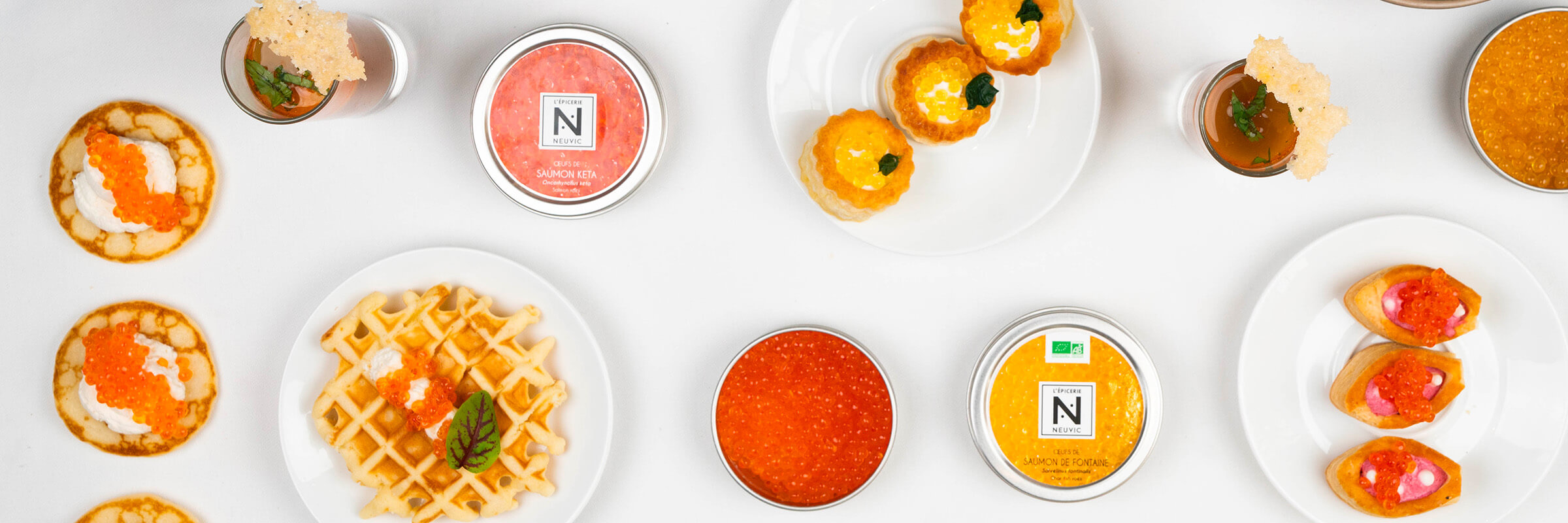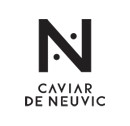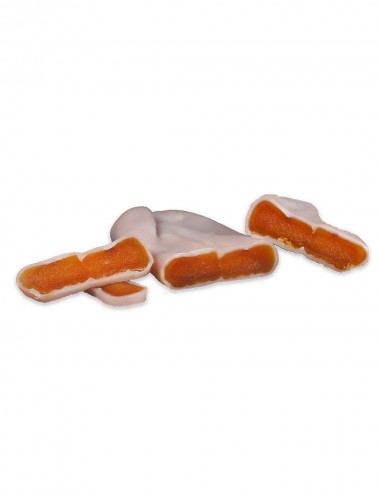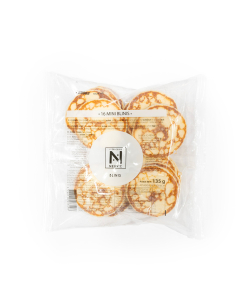Your cart
There are no more items in your cart
Fish roe
In addition to offering caviar, Caviar de Neuvic invites you to discover its range of fish eggs.
Synonymous with elegance and delicacy, these eggs have a wonderful effect in the kitchen. An essential ingredient for special occasions, we love both the taste and the vibrant color of these little balls! Additionally, these eggs contain many essential nutrients for health, including nutritious and rich in micronutrients!
You will find very distinct textures and flavors in our different fish eggs that are sure to delight your taste buds!


















